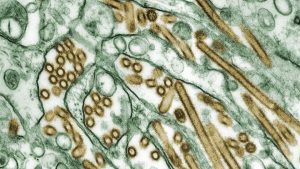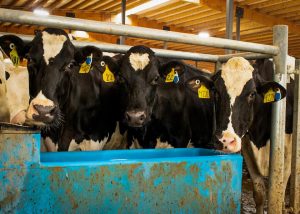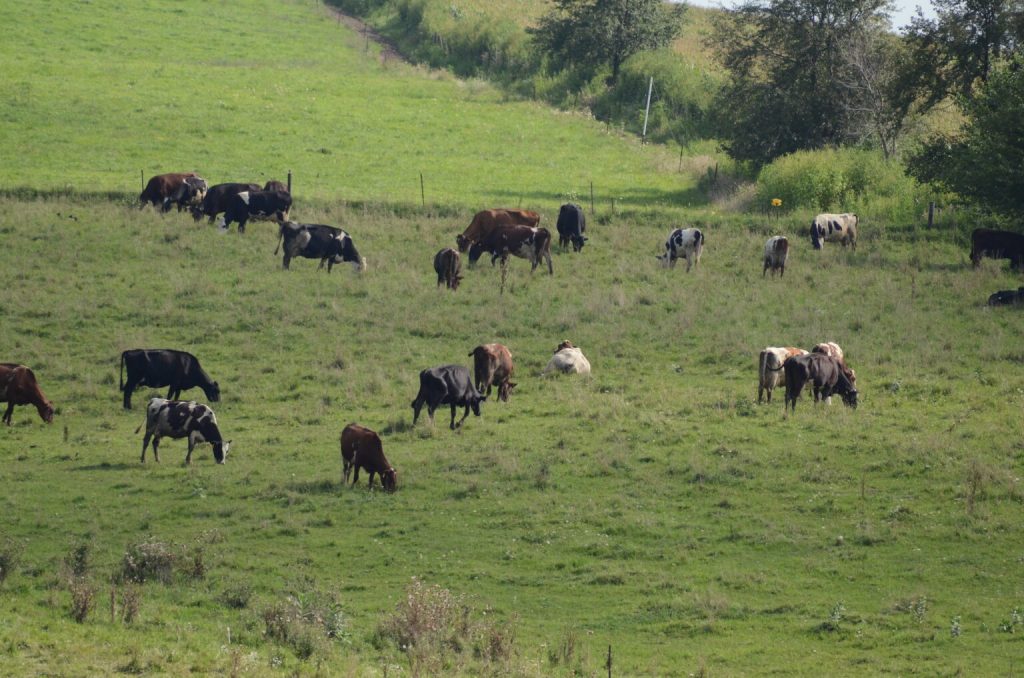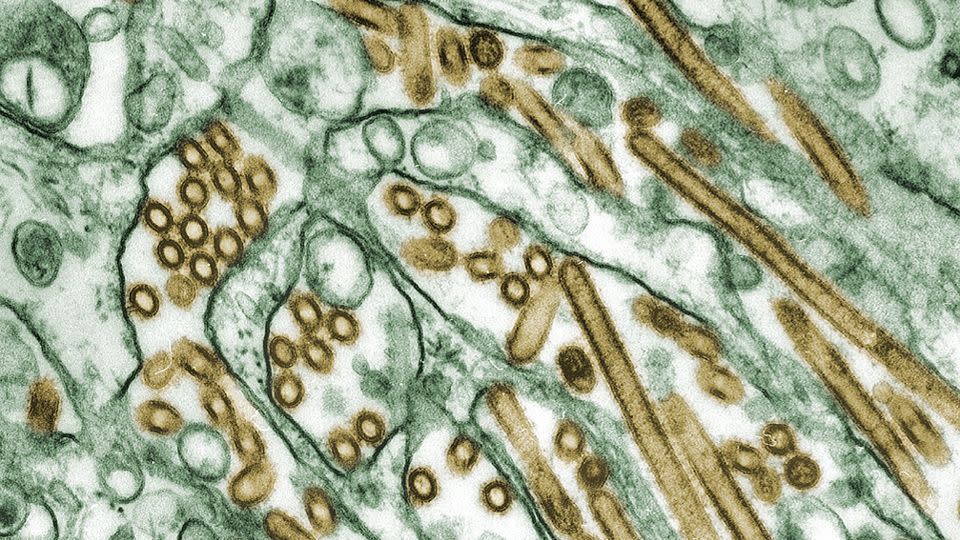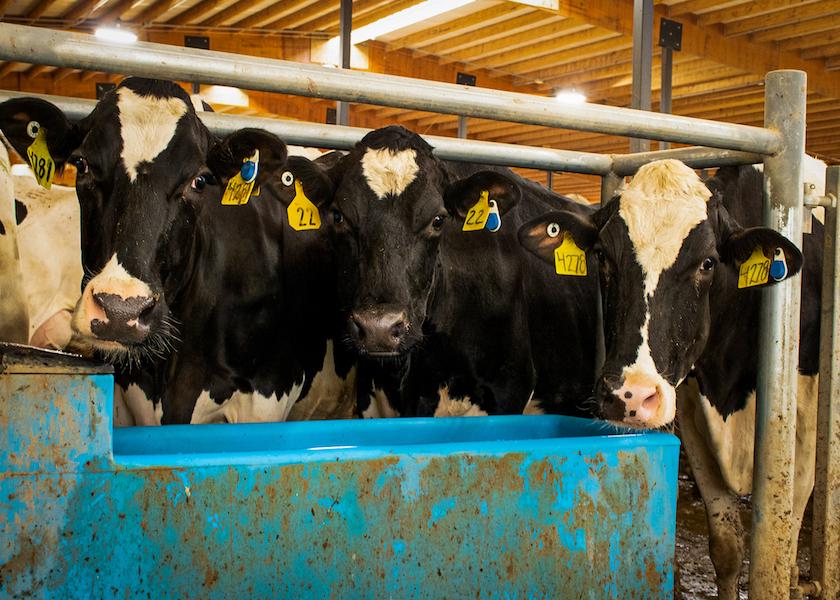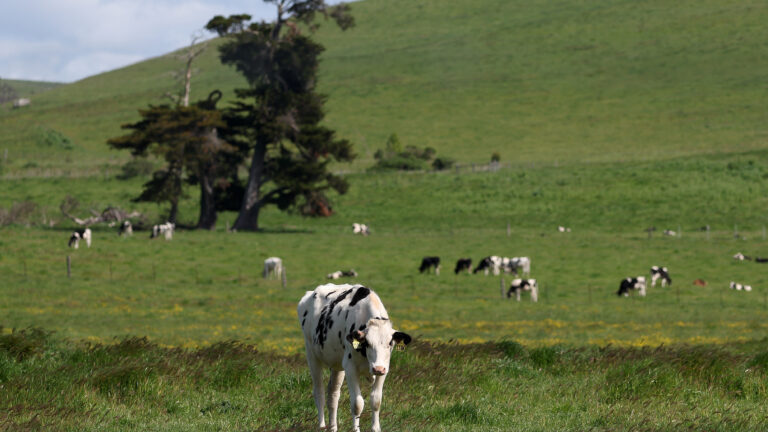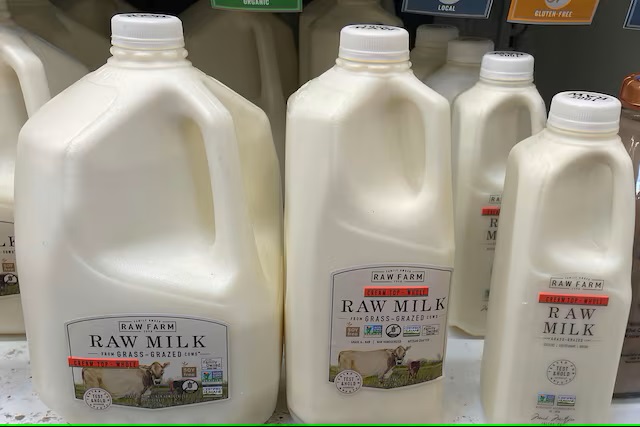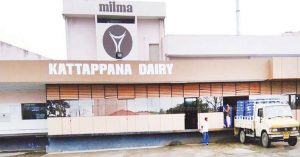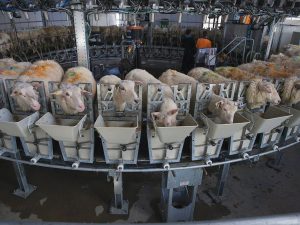This was a big part of the message from Dr Nina von Keyserlingk at a series of seminars hosted by Dairy Australia in February and March.
Nina is Professor of Animal Welfare at the University of British Columbia, in Canada, in a role that is funded by industry.
About 150 people, mostly dairy farmers, attended one of the seminars held at Meeniyan in February.
Other seminars were held at Echuca, Melbourne, Warrnambool, Noorat, and in Hobart at the Australian Dairy Conference.
A main issue is bearing the economic cost of raising calves while fulfilling community expectations.
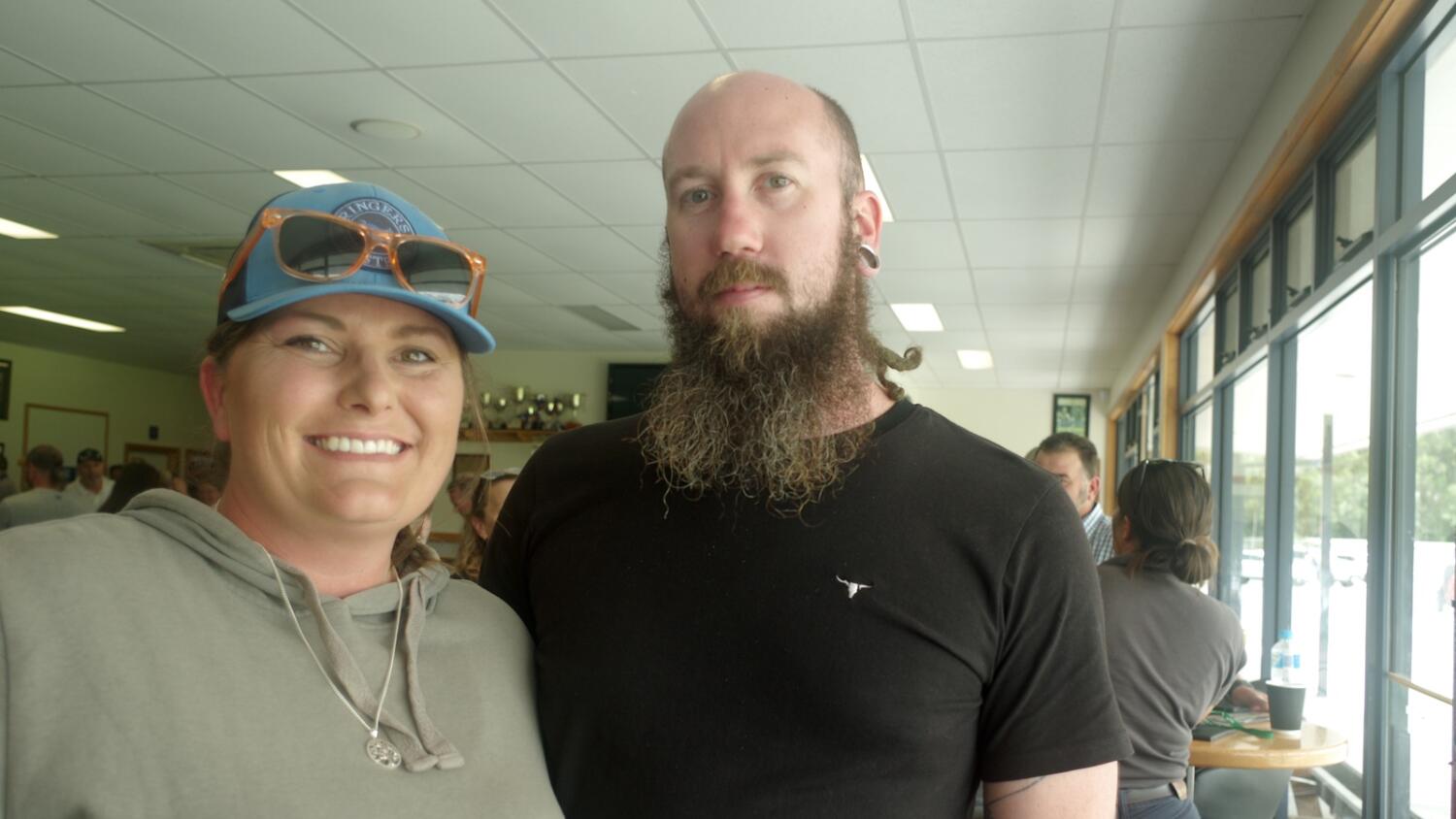
In the Australian landscape, according to Dairy Australia statistics, on average 20 to 30 per cent of heifer calves are raised as replacement cows in the milking herd. This means there is a huge number of ‘surplus’ calves in the industry.
Efforts to address this vary across the industry.
One strategy has been to develop genomic science so farmers can use sexed semen in higher production cows to ensure heifer calves.
There are three main avenues for these calves — retention on the farm, sell as part of herd reduction decisions, or grow the heifer calf to 200kg for the export market.
Dairy bull calves or steers can be grown out for the veal or meat market.
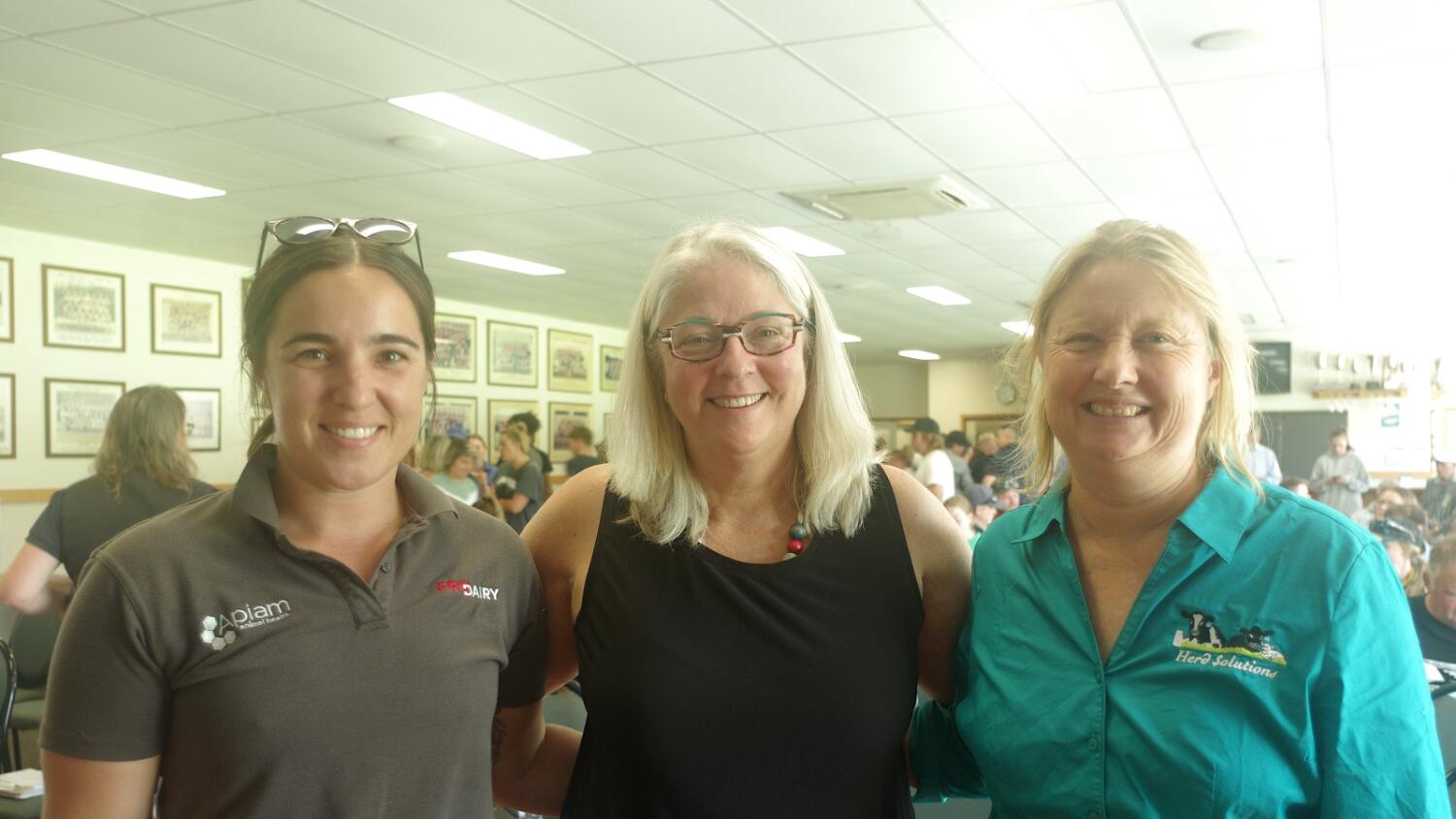
Another strategy is to use a beef bull, or sexed beef semen, to breed F1 calves.
F1 heifers can be bred back to another beef bull, to produce progeny for the meat market. F1 steers can be slaughtered as vealers or grown out in the feedlot and sold directly into the meat market.
The least tenable option, from a societal perspective, is to slaughter surplus bobby calves on farm at birth or through an abattoir — normally at five to 30 days of age.
This is a practice the dairy industry in general has been trying to reduce for many years, by encouraging options that enable the animal to grow to a finished weight or be joined.
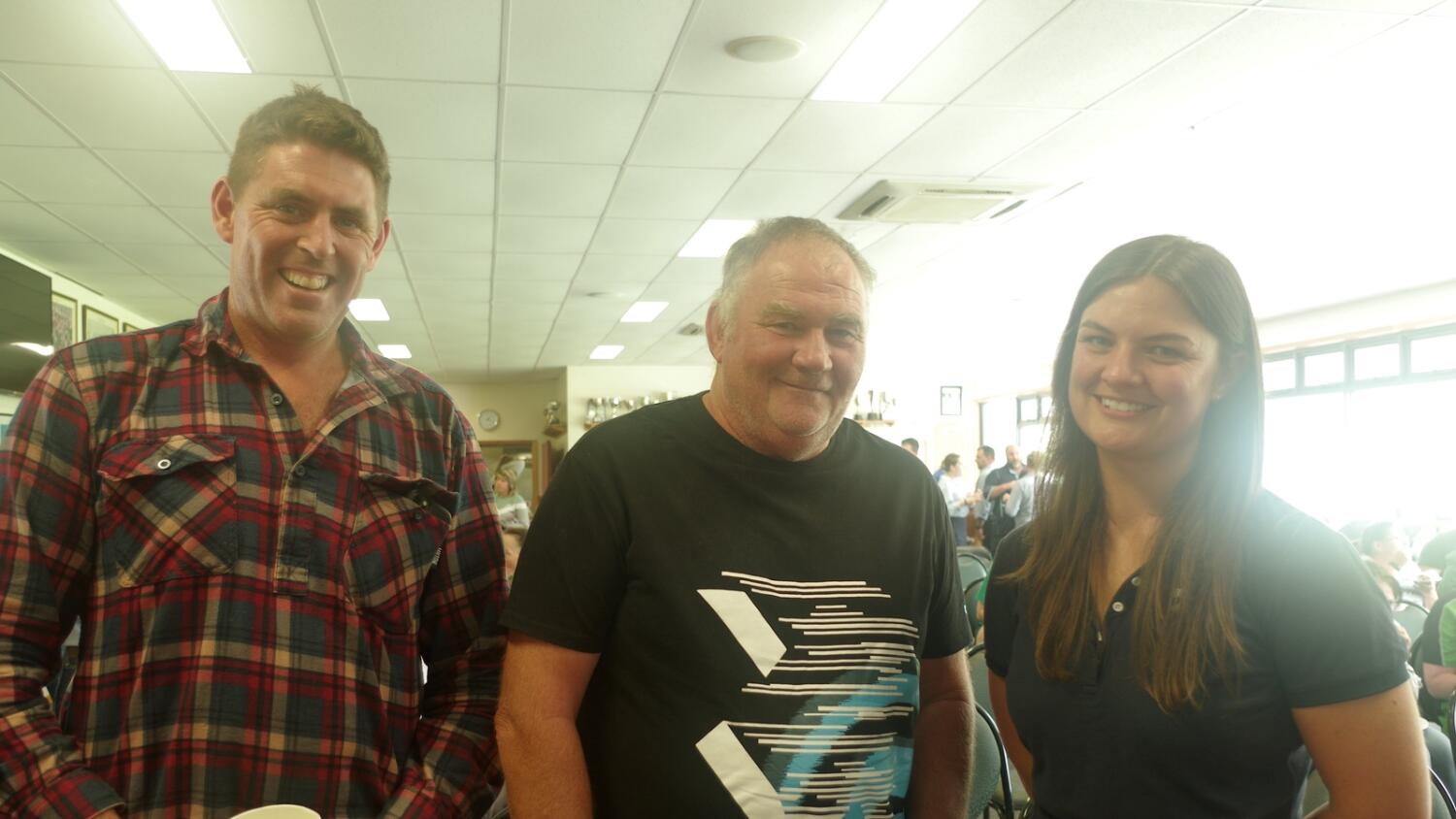
Nina quoted research that demonstrated about 15 per cent of Canadian respondents said calves should never be slaughtered; and the age of slaughter of an animal was more acceptable if it was at least 12 months old.
“The public expect industry to figure out how to give meaning to calves lives, even when the end expectation is slaughter,” Nina said.
A new pilot project — Growing Beef from Dairy — has been jointly funded by Dairy Australia and Meat & Livestock Australia to explore economically sustainable dairy beef production as an alternative to early life slaughter of surplus calves. (See the story on page 10.)
The project is aimed at developing dairy farmers’ knowledge about best practice breeding and feeding of calves for identified markets.
The extension program will cover breeding, genetics, nutrition, animal husbandry, animal health, animal welfare, biosecurity, transport, housing, markets and meat quality.
Another issue is cow-calf separation, which was also addressed by Nina.
Dairy Australia publications indicate there is more research to be undertaken in this space, but that some research confirms cows do grieve.
The endorsed Dairy Australia policy is that the cow and calf are separated after birth, based on recommendations by veterinarians and animal health advisers.
A key factor is that research indicates separating the cow and calf before the calf is 24 hours old, creates less stress for cows than later weaning.
This is a concern of the general community, according to Nina.
“Animal welfare exists as a social construct because people care about the systems that grow and process the food they eat,” she said.
“They want farming systems to reflect the natural activities of cows and calves.
“American dairy farmers are facing a growing anti-dairy movement, forcing many farmers to alter their practices.
“In Europe, society has generally lost trust in farmers.
“A lot of laws are created with an absence of farmers at the table.”
So sucking a teat was more akin to normal activity than drinking out of a bucket.
“Sucking is natural calf behaviour, and has become an animal welfare issue,” Nina said.
“When the calf is with the cow, the calf suckles more often, and drinks up to 10 litres of milk per day.”
Nina said free access to a greater amount of ad lib milk, using auto feeders or foster cows, was a better animal welfare outcome than forced bucket feeding twice a day. Adding hay after four weeks developed a better rumen response.
“In the first four weeks, calves turn milk into lean muscle growth,” she said.
“They then maintain an advantage in growth to 90 days.
“But in the first four weeks the rumen is not developed enough for hay to be an effective feed for growth and nutrition.”
Calves were also more likely to eat a mixed calf feed when they were housed with at least one other calf — again an advantage for weight gain and growth.
“Calves also learn to share when they are housed together,” Nina said.
“Social isolation has a deficit effect on their cognitive development and behaviour.
“Calves are also more susceptible to disease when they’re not getting enough food.”
Another concern is that cows have sufficient space to move around — to sit, stand, move — coupled with concerns about they are being fed.
This is an issue globally that, fortunately, isn’t replicated on dairy farms in Australia where cows are free to graze pasture in the paddock, with a lot of space around them.
Nina said the general public bestowed a social licence on dairy farming because they expected the industry to self-regulate. But that public trust was broken by farmers not adhering to best practice farming systems.
She said consumers prove their influence when they vote against a product with their spending power at the retail level. This affects wholesalers and retailers decisions about what to buy.
“The consumer wants to be able to buy milk and not feel guilty about the industry they are supporting with their purchasing decisions,” Nina said.
“Research is an insurance policy, to develop roadmaps so that when an issue emerges, there is research already done.”
That research can be used by spokespeople to address community concerns.
The dairy industry needed to develop measurable goals and targets that demonstrate farmers are striving to meet social expectations about calf raising and animal care.
What is clear, from Nina’s delivery, is it is important for the industry to plan for consumers’ changing expectations, rather than wait for consumer-led change to occur.



